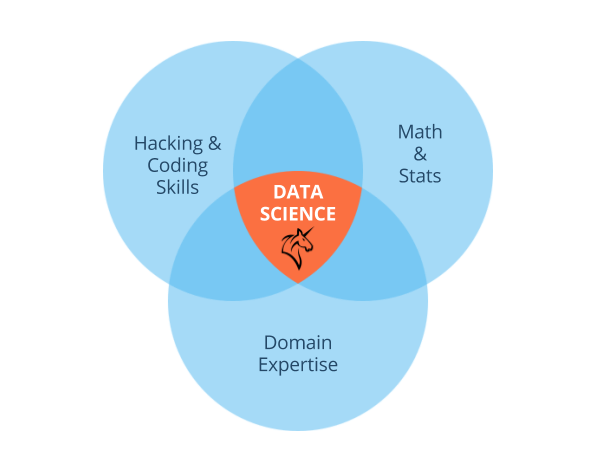There’s an industrial revolution underway in businesses across the world, and it is all about automation. Businesses are embracing machine learning and artificial intelligence (AI) to make better decisions automatically. The reason for this revolution is the difference between the strengths of humans and computers.
Leave the repetitive work to the robots.
Computers are stronger at repetitive tasks, mathematics, data manipulation, and parallel processing. So long as a task can be defined as a procedure, a computer can do that task over and over again without getting tired, giving the same results each time. Computers can manipulate high volumes of numbers and data much faster than any human.
Several years ago, I went back to university to do a masters degree and after a 25 year break from university I was out of practice at mathematics. Imagine my excitement and relief when I discovered that now there is software that will do algebra and calculus for me and computers can do more than one thing at once! Have you ever tried to rub your belly and tap your head at the same time? I have, and I can’t do both. But modern computer networks are powerful, routinely doing dozens of different processes at once that are much more complicated than that.
Humans are better at common sense than computers, instantly recognizing when a decision doesn’t make sense.
This does not mean that humans are obsolete. Humans are stronger at communication and engagement, context and general knowledge, creativity, and empathy. When I have a frustrating problem, I want to talk to a human — someone who will understand my exasperation, listen to my experience, and make me feel valued as a customer while also solving my problem for me. Humans are better at common sense than computers, instantly recognizing when a decision doesn’t make sense. And humans can be creative. I recently heard music composed by a computer, and I’m sure that song won’t make it into the Top 40!

Traditionally, businesses have hired data scientists who manually designed and built algorithms. The data scientists spent much of their time writing code and applying mathematics and statistics. Data scientists had no time to be human. The Venn diagram above is commonly used to explain what a data scientist does, and is so commonly used that when businesses hire data scientists they use a job description that includes repetitive coding, data manipulation, and mathematics. Yet these are tasks that are better and more efficiently done by computers using tools like DataRobot. It’s almost like we expect data scientists to be cyborgs!
These are not the Data Scientists you’re looking for….
Recently, I had a conversation with a marketing manager for an educational business. She described to me how they have a data scientist with a PhD, but no one understood anything that they said. “It’s almost like he’s speaking a different language. We don’t know what to do with him, he doesn’t talk to us and he doesn’t understand our business!” I asked her what she was looking for when she hired the data scientist, and she replied that they chose a PhD because they wanted mathematics and programming skills. As we spoke more and discussed the relative strengths and weaknesses of humans and computers, she realised that she got the data scientist that she was looking for, not the data scientist that she needed.
“It’s almost like he’s speaking a different language. We don’t know what to do with him, he doesn’t talk to us and he doesn’t understand our business!”
This has profound implications for human resources and process innovation. Processes that require humans to do repetitive, well-defined tasks can be replaced by AI. This frees up data scientists to do what humans are best at:
- asking the right questions
- applying common sense
- creating new solutions
- evangelizing new ideas
- generating sales and profit
Let your data scientists be human. Free them from repetitive tasks. Change data science job descriptions to focus on human strengths, and hire data scientists who best embody the comparative advantages of humans. Look for human processes that are well defined and repetitive, and enhance the process by introducing AI. That’s how you’ll make the most of the new industrial revolution.
.

.
About the Author: Colin Priest is the Director of Product Marketing for DataRobot, where he advises businesses on how to build business cases and successfully manage data science projects. Colin has held a number of CEO and general management roles, where he has championed data science initiatives in financial services, healthcare, security, oil and gas, government and marketing. Colin is a firm believer in data-based decision making and applying automation to improve customer experience. He is passionate about the science of healthcare and does pro-bono work to support cancer research.
About the author
Colin Priest
VP, AI Strategy, DataRobot
Colin Priest is the VP of AI Strategy for DataRobot, where he advises businesses on how to build business cases and successfully manage data science projects. Colin has held a number of CEO and general management roles, where he has championed data science initiatives in financial services, healthcare, security, oil and gas, government and marketing. Colin is a firm believer in data-based decision making and applying automation to improve customer experience. He is passionate about the science of healthcare and does pro-bono work to support cancer research.









